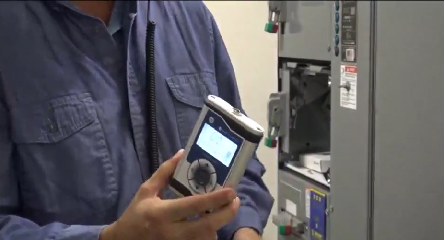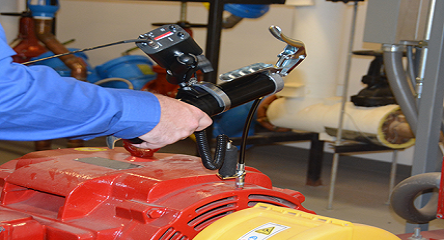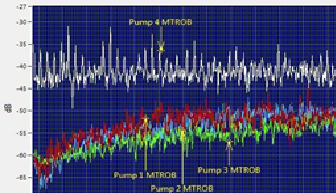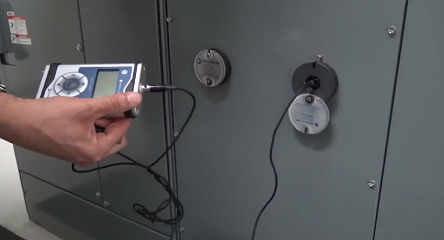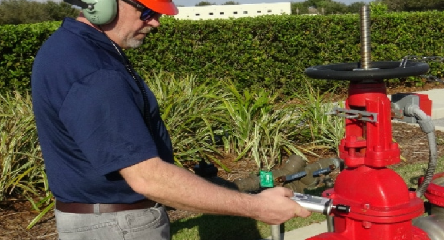Preparing Your Steam Trap for Winter: Why It’s Important
The seasons are changing as your factory is performing seasonal upkeep to prepare for the coming winter. For steam systems, unit heaters will typically be switched on as workers will go about their regular duties. However, winter causes unique changes to how your steam system operates. Without the proper winter preparation, your steam system can experience a range of different issues that could seriously damage pipes and cause your entire system to fail.
Winter Problem Areas for Your Steam System
Uninsulated Pipe Freeze-Ups: If pipes are not properly insulated, this issue can cause the steam to cool into condensate in pipes, especially pipe lengths that are long in size. As the condensate freezes, it can begin to block the pipe, preventing the water from properly draining into the steam trap.
Condensate Strainer Blockage: The condensate strainer is designed to catch particulates to prevent them from entering the steam system. However, dirt, dust and ice that enter the pipes can begin to block the condensate strainer, causing the rest of the pipework to freeze up.
Heat Exchanger Corrosion: Due to uninsulated pipes or partially insulated pipes, both carbon dioxide (CO2) and oxygen can begin to enter the steam system when the ice begins to dissolve and release these gases. In addition, there is usually oxygen in the system when it is started in the winter. When these gases mix with the condensate in the pipes, it can create carbonic acid that causes corrosion and pitting along iron and metal parts in heat exchangers and pipes.
Water Hammer Pressure Issues: For steam systems that are not managed properly in the winter, water hammer can occur more frequently. When the steam temperature lowers due to the colder temperatures and begins to condense, the water goes through the steam piping without being able to drain. The water begins to build up in size as it travels rapidly through the piping because of the pressurized system. Eventually, the water will hit an obstruction such as a bend in the pipe or a closed valve, as the water hammer causes significant damage.
Different Ways to Prepare Your Systems Ahead of Time
To prevent the following problems from occurring in the winter, you can prepare your systems ahead of time by practicing regular maintenance on the steam trap and related systems. Ensure that all pipes are insulated and place in tracers to prevent freezing. Then check pipes for leakage and perform repairs. Also, make sure heating units are also free and clean of dust and dirt. With a clean heating unit, you can optimize its performance to prevent the condensate from freezing.
Also, perform regular maintenance on your steam trap. A well-functioning steam trap can help to drain condensate to prevent backups that cause water hammer, as well as prevent the buildup of CO2 and oxygen that causes corrosion. Test and inspect the steam trap to remove any dirt and debris that could cause blockages in the condensate strainer. If you are experiencing problems with your steam system and don’t know where the problem may dwell, have your system tested using a temperature indicator device to check the inlet and outlet temperatures of the steam trap.


